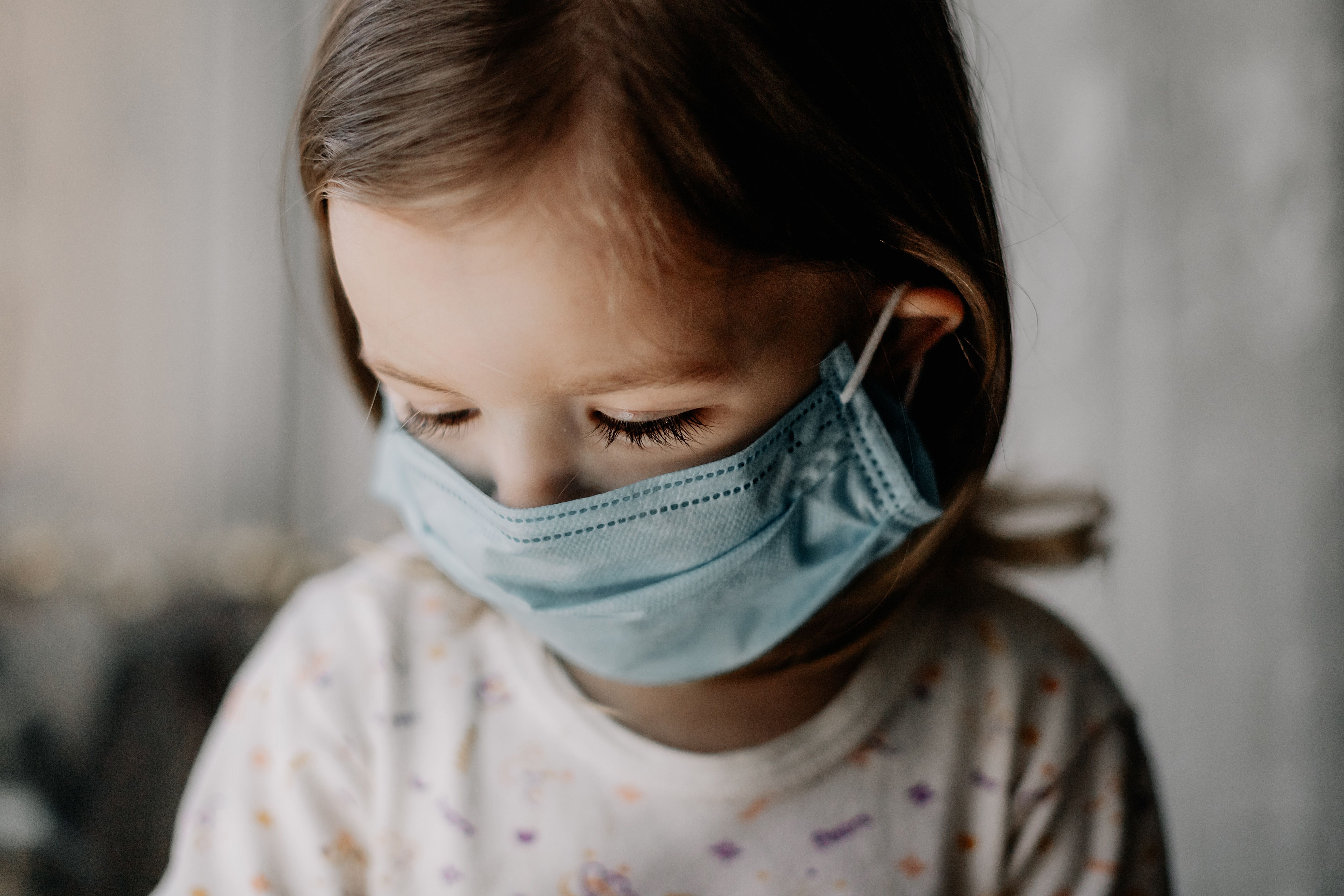How children transmitted COVID-19 within households
Following household COVID-19 transmissions for over 3 years, investigators found that 70.4% had a pediatric index case.
How children transmitted COVID-19 within households | Image Credit: © Ananass - © Ananass - stock.adobe.com.

The role children played in the viral spread of COVID-19 is not well understood. At first, children were erroneously believed to be immune to COVID-19 infection, but the emergence of the Delta and Omicron variants proved that children can become infected with severe and even fatal COVID-19.
Household transmission was central to COVID-19 infections spreading rapidly, and it is suspected that children frequently contracted the virus at school and then transmitted it to their families. However, measuring household transmission typically requires time- and labor-intensive contact tracing.
One study, recently published in JAMA Network Open, sought to determine the role children played in household viral transmission during the COVID-19 pandemic, at a time when enveloped viruses were historically low and the majority of viral illnesses were attributed to COVID-19.
The investigators studied a voluntary United States cohort, tracking data from participants’ thermometers with a companion smartphone app. Participatory surveillance enables the public to report their own information, and is less all-consuming for investigators than contact tracing.
Eligible participants were households of multiple members who opted into data sharing of their temperature measurements from October 2019-October 2022. Thermometer data included temperature, body location where temperature was taken, and a timestamp. Age and gender were self-reported, with participants 18 years and older considered adults and children grouped as younger (0-8 years of age) and older (9-17 years of age). “Fever” was defined as a temperature of at least 38.0 °C for rectal and aural readings, 37.8 °C for oral readings and readings from unknown body sites, and 37.2 °C for axillary readings.
A total of 1391095 individuals from 848591 households took 23153925 temperature readings. Participants were majority female (53.6%) and adults (53.7%). There were 3668642 (15.8%) readings that met the criteria for fever, for 779092 febrile episodes.
The investigators found that the number of febrile episodes did forecast new COVID-19 infections. Additionally, trends for temperature readings and active participants peaked at both the beginning of the pandemic and the Omicron wave.
There were 166170 households with both adult and child participants (51.9% of households with multiple participants). These households included 516159 participants, 265268 (51.4%) children under 18 years old, who recorded 6227726 temperature readings. There were 38787 inferred household transmissions, with 15819 (40.8%) child to child, 11481 (29.6%) child to adult, 7865 (20.3%) adult to child, and 3622 (9.3%) adult to adult.
The investigators concluded that children were central to in-household viral transmissions. Significantly, pediatric-driven transmission was higher when school was in session, with a pediatric index case 0.6-0.8 times less frequent during school breaks. More than 70% of household transmissions resulted from a pediatric index case, but the exact percentage fluctuated from week to week.
“We discerned an important role for children in the spread of viral infection within households during the COVID-19 pandemic,” the study authors wrote, “heightened when schools were in session, supporting a role for school attendance in COVID-19 spread.”
Reference:
Tseng Y, Olson KL, Bloch D, Mandl KD. Smart Thermometer–Based Participatory Surveillance to Discern the Role of Children in Household Viral Transmission During the COVID-19 Pandemic. JAMA Netw Open. 2023;6(6):e2316190. doi:10.1001/jamanetworkopen.2023.16190
This article was initially published by our sister publication, Contagion Live®.
Newsletter
Access practical, evidence-based guidance to support better care for our youngest patients. Join our email list for the latest clinical updates.